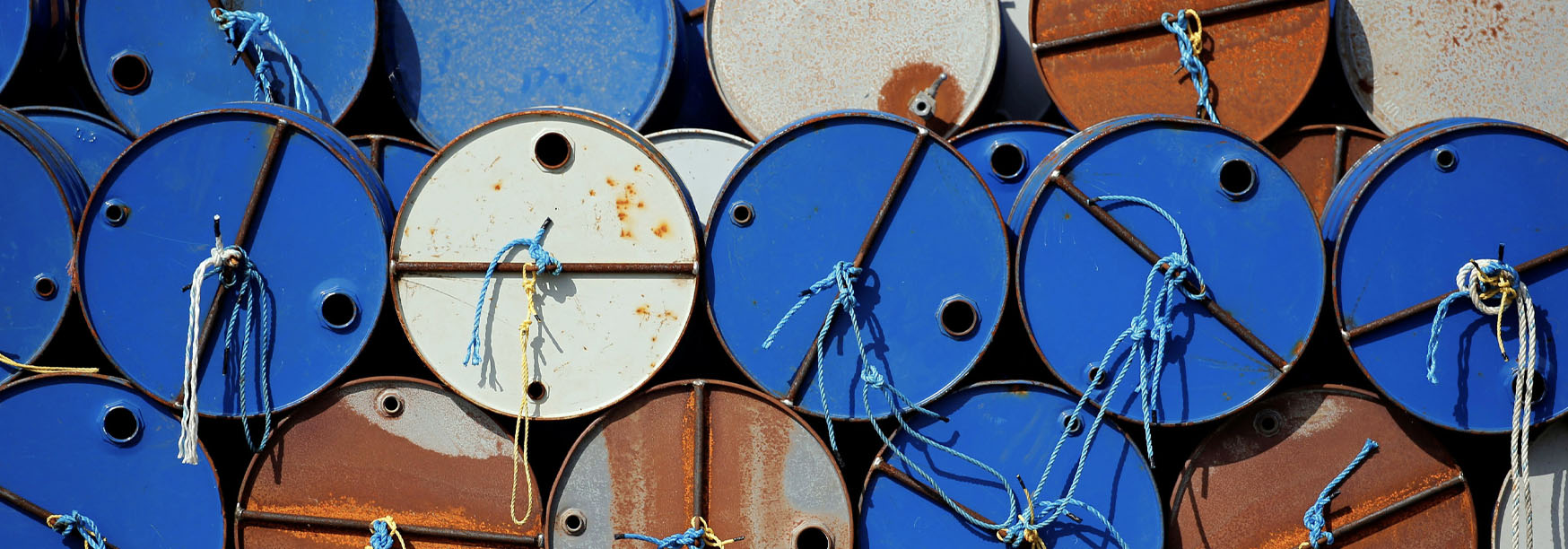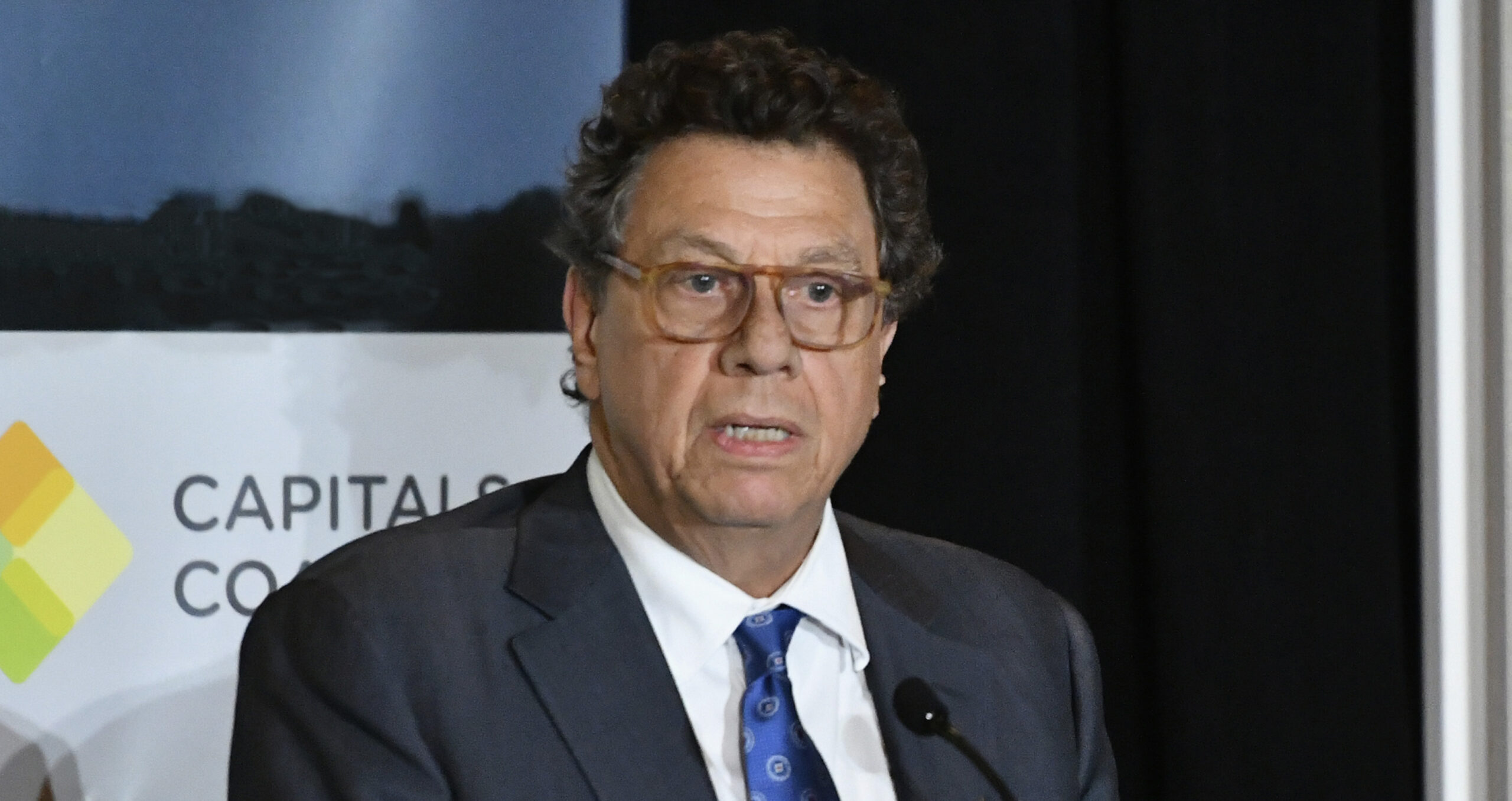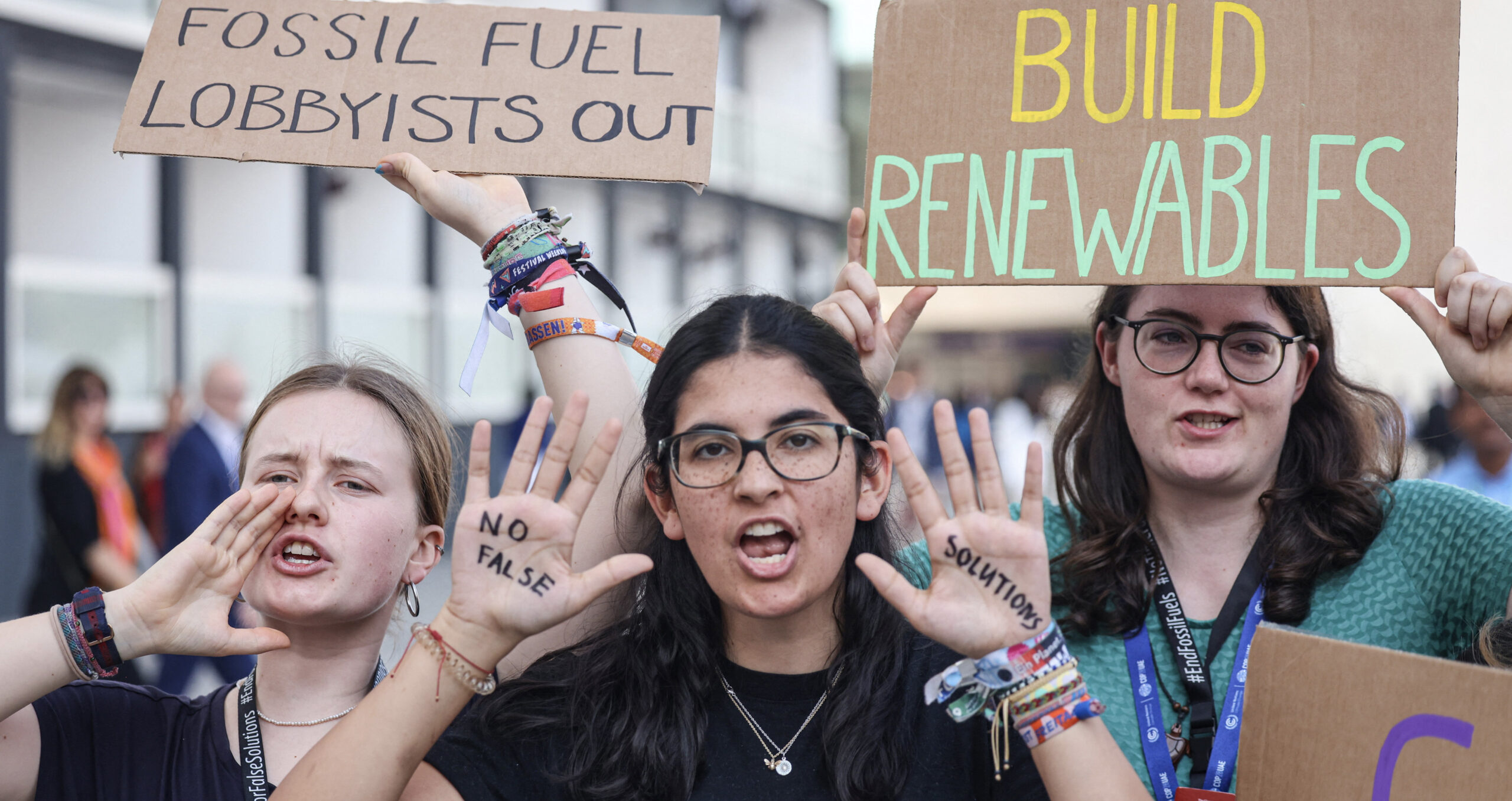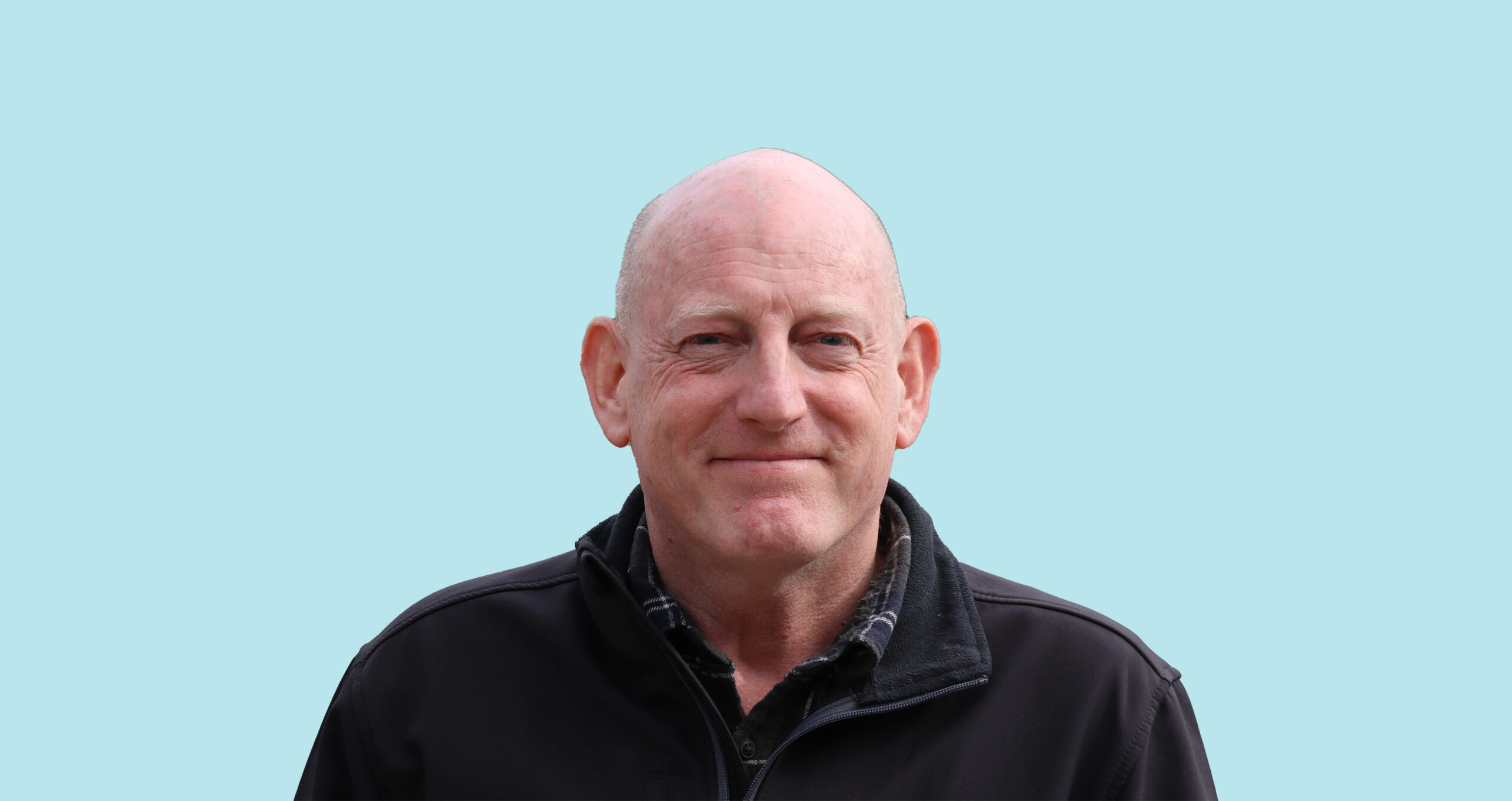

President Irfaan Ali aims to use massive oil windfall to accelerate the country’s strategic priorities.
When Irfaan Ali was eventually sworn in as Guyana’s president in August 2020, following a fractious and protracted legal battle over a disputed general election held five months earlier, he urged the Guyanese people to “join together to peacefully transition our country to a pathway of economic and social development”.
As Guyana’s first ever Muslim head of state, his words struck a unifying tone for the country of 800,000 people. The stakes are much higher than that, however, as the 41-year-old president is also overseeing a windfall from the world’s biggest offshore oil discoveries of recent years.
A consortium led by US oil major ExxonMobil has confirmed reserves off the coast of Guyana equivalent to at least 10bn barrels of oil, putting the country third in Latin America for proven oil reserves, after Venezuela and Brazil. Further discoveries this year in the same offshore blocks will add to the total.
In 2020, Guyana attracted a record $1.83bn of foreign direct investment (FDI), according to Unctad figures, while GDP grew by 43.5 per cent to reach $5.47bn in the same year, followed by another expansion of 20.4 per cent in 2021, according to the IMF.
Below, Ali discusses his plans to use the oil windfall to achieve strategic priorities for Guyana in areas such as food production, infrastructure, health and education.
Q: How will you balance Guyana’s extractive sectors with greater environmental safeguards?
A: Our low-carbon development strategy, natural beauty and the value of our forests and human resources existed long before we found oil. However, very little of the global community or international media paid attention to Guyana. The world has little interest in developing countries, but when oil and gas are found, there is suddenly a sea of interest.
We now have the responsibility of managing this international attention towards Guyana’s holistic sustainable development agenda. The oil and gas sector is only a means for us to accomplish more strategic priorities in food production; development of human resources; transformation of the country’s infrastructure; better social services; healthcare; education; housing and sanitation.
There is no conflict in the development of the oil and gas sector. We have to utilise the new positioning of Guyana that the sector brings, to create the framework and avenues for investment in the other sectors. In terms of the environment, we’re not changing any of our policies or reducing our advocacy. We have 80 per cent of our geographic space covered in standing forests and know the enormous role it plays in storing carbon.
Q: The IMF estimates Guyana’s GDP will grow by 48.7 per cent in 2022, the highest growth of any country in the world. What are your economic development priorities in this environment?
A: We are working on an aggressive development framework. Oil and gas will bring much-needed resources to expand the economy, strengthen traditional sectors and make us more competitive globally. We are investing in healthcare, education and other social services that will improve the living conditions of our people and our competitiveness.
We are aware that for other sectors to take off, there are some essential transformative projects that need to come first. We are investing heavily using our natural potential — building 175 megawatts of hydroelectric capacity, and investing in solar energy and a natural gas plant. The goal is to have renewable, more efficient and reliable energy, and to reduce the cost of power by at least 50 per cent by 2025.
We are also investing heavily in creating efficient transport infrastructure, and have a target of creating 50,000 new house lots for low- and middle-income families, and young professionals. In terms of food security, we are supporting farmers to increase their production, become fully self-sufficient and create the environment for Guyana to be a main food supplier in the Caribbean Community (Caricom) region. Caricom aims to reduce agri-food imports from outside the region by 25 per cent by 2025.
Q: How will you ensure the oil and gas benefits trickle down to the Guyanese population and local businesses?
A: There’s already a clear formula on how the resources will be used, with a breakdown of how much money will go to saving, investment and the parliamentary approval system for the improvement of the country.
There is local content legislation identifying specific areas. Certain services have full capacity and will see 100 per cent local content, such as logistics, brokerage, transportation and insurance services. Other aspects are at 20 per cent and 50 per cent, as we don’t have the capacity to manage them right now. Over time, that schedule will change as the country builds capacity in every aspect of managing the oil and gas sector.
We are now working on building a national training college for oil and gas, and are investing in every area required for the management of the sector and spin-offs such as industrial development, manufacturing and the hospitality sector.
Irfaan Ali has served as the 10th president of Guyana since August 2020. He is the country’s first Muslim head of state and is leader of the centre-left People’s Progressive Party/Civic.
A longer version of this article first appeared in fDi Intelligence
Similar Articles

‘No leakage’ structure to strengthen carbon markets, says Costa Rica’s environment minister

Youth on COP28: few women but an ‘overwhelming number of fossil fuel lobbyists’


